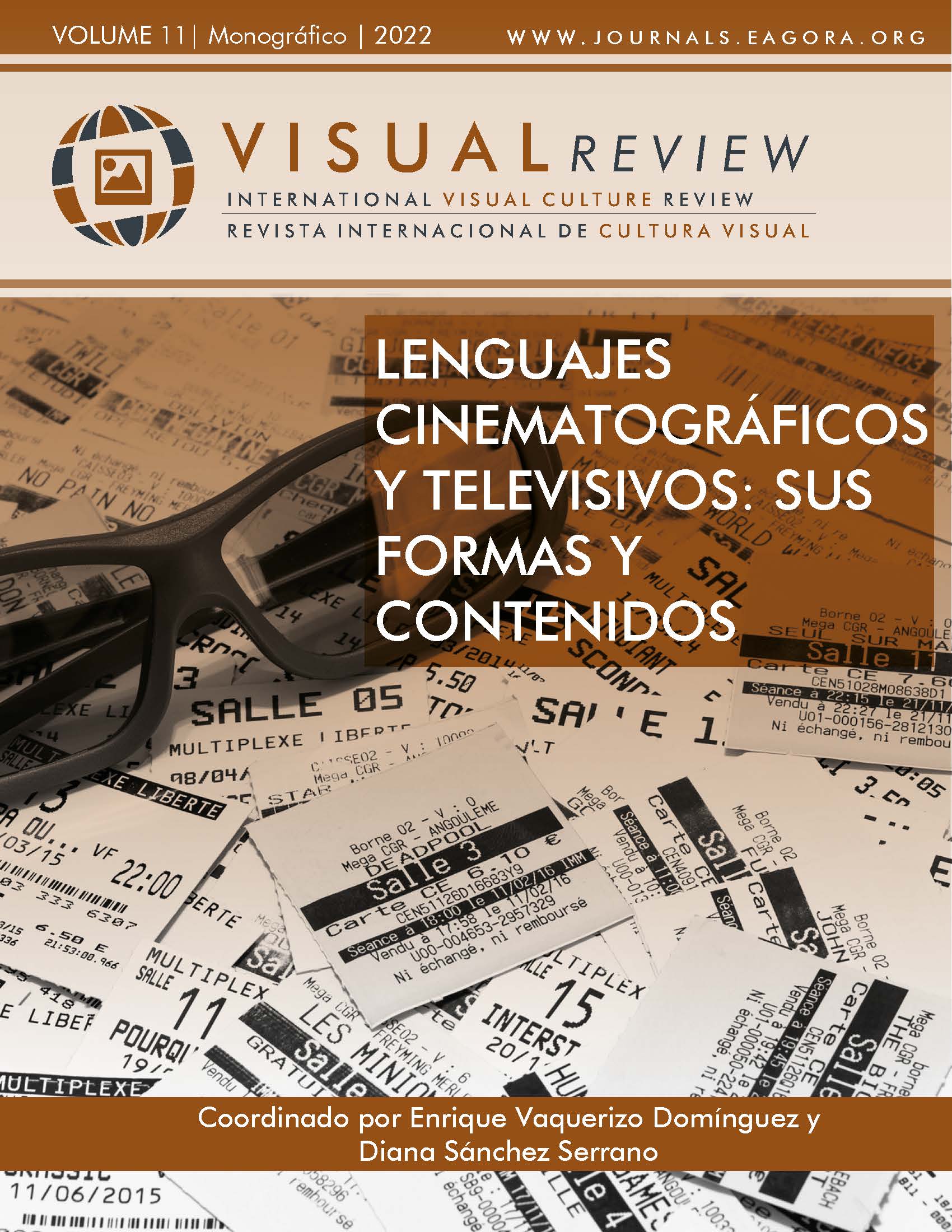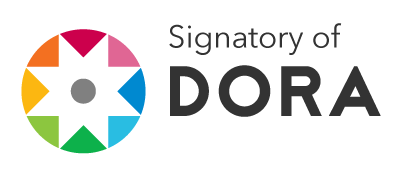Analysis of Quiz as programmatic strategy of Neo Television in Spain
DOI:
https://doi.org/10.37467/revvisual.v9.3690Keywords:
Quiz, Private Television, TV Production, Formats, Neo TelevisionAbstract
It is in the US where television quiz originate, being inspired by those that were already carried out on the radio. The objective is to analyse the entertainment programs of Antena 3, Tele 5, Cuatro, and La Sexta in the 2010-2020 decade. The broadcast time of the contest (morning, afternoon, Prime Time), the format (quiz show, game show, and talent), the timing, the gender of the presenter, and his role have been studied. The results confirm the homogeneity in the broadcast periods, the variety of formats, the prevalence of the male gender in the presenters, and the pre-eminence of British quiz.
Downloads
Global Statistics ℹ️
|
404
Views
|
673
Downloads
|
|
1077
Total
|
|
References
Andréu-Abela, J. (2000). Las técnicas de análisis de contenido: una revisión actualizada. Fundación Centro Estudios Andaluces, 10(2), 1-34.
Cortés, J.Á. (2001). La estrategia de la seducción. La programación en la neotelevisión. EUNSA.
Croteau, D. y Hoynes, W. (2001). The Business of Media: Corporate Media and the Public Interest. Pine Forge Press.
Gordillo, I. (2009). La Hipertelevisión: géneros y Formatos. Ciespal.
Hidalgo, T. & Segarra, J. (2017). La presencia de la televisión pública española en redes sociales. Estudio de caso de las televisiones nacionales y autonómicas en los Social Media. En A. Castelló & C. Del Pino (Coords.), Publicidad y convergencia mediática. Nuevas estrategias de comunicación persuasiva (pp. 29-42). Egregius Ediciones.
Ley 10/2005, de 14 junio,de Medidas urgentes para el Impulso de la Televisión Digital Terrestre de Liberalización de la Televisión por Cable y de Fomento del Pluralismo, Boletín Oficial del Estado, 142, de 15 de junio de 2005. https://www.boe.es/buscar/act.php?id=BOE-A-2005-10069
Luzón-Fernández, V.; Gómez-González, Á. C. y Cervantes-Urbieta, R. (2017). Figuras profesionales emergentes de radio y televisión en la era de la hipermedialidad. Revista Mediterránea de Comunicación/Mediterranean Journal of Communication, 8(1), 45-57. DOI: https://doi.org/10.14198/MEDCOM2017.8.1.4
https://www.doi.org/10.14198/MEDCOM2017.8.1.4
Ministerio de Industria, Comercio y Turismo (2018). Reino Unido registra un récord de inversión en producción de cine y televisión. https://bit.ly/3ufFsZw
Moragas, M. & Garitaonaindía, C. (1995). Decentralization in the global era: television in the regions, nationalities and small countries of the EU. Libbey.
Real Decreto 1362/1988, de 11 de noviembre, por el que se aprueba el Plan Técnico Nacional de la Televisión Privada. (1988) Boletín Oficial del Estado, 275, de 16 de noviembre de 1988, páginas 32599 a 32601 https://www.boe.es/buscar/doc.php?id=BOE-A-1988-26284
Román-Portas M. (2012). TDT en España y el dividendo digital. Estudios sobre el mensaje periodístico, 18, 801-809. DOI: https://doi.org/10.5209/rev_ESMP.2012.v18.40959
https://revistas.ucm.es/index.php/ESMP/article/view/40959/39209
Sánchez-Tabernero A. y Artero, J.P. (2008). Competencia entre televisiones públicas y televisiones privadas en el mercado europeo. Palabra Clave, 11(2), 343-354. https://bit.ly/3ywQwDM
Sánchez, M.ªF., Gallego, S., & Oliva, C. (2020). Youtube como plataforma de innovación docente en la asignatura Documentación Informativa. En A. Barceló & J.R. Sarmiento (Coords.), El uso de las tecnologías en la innovación docente (pp. 95-108). Dykinson. DOI: https://doi.org/10.2307/j.ctv103x9s5.9
Villena-Alarcón, E. (2013). La divulgación de la moda en los programas de la nueva televisión digital terrestre. Sphera Publica, 2(13), 141-156. https://bit.ly/37kUiFM
Downloads
Published
How to Cite
Issue
Section
License
Those authors who publish in this journal accept the following terms:
-
Authors retain copyright.
-
Authors transfer to the journal the right of first publication. The journal also owns the publishing rights.
-
All published contents are governed by an Attribution-NoDerivatives 4.0 International License.
Access the informative version and legal text of the license. By virtue of this, third parties are allowed to use what is published as long as they mention the authorship of the work and the first publication in this journal. If you transform the material, you may not distribute the modified work. -
Authors may make other independent and additional contractual arrangements for non-exclusive distribution of the version of the article published in this journal (e.g., inclusion in an institutional repository or publication in a book) as long as they clearly indicate that the work was first published in this journal.
- Authors are allowed and recommended to publish their work on the Internet (for example on institutional and personal websites), following the publication of, and referencing the journal, as this could lead to constructive exchanges and a more extensive and quick circulation of published works (see The Effect of Open Access).













